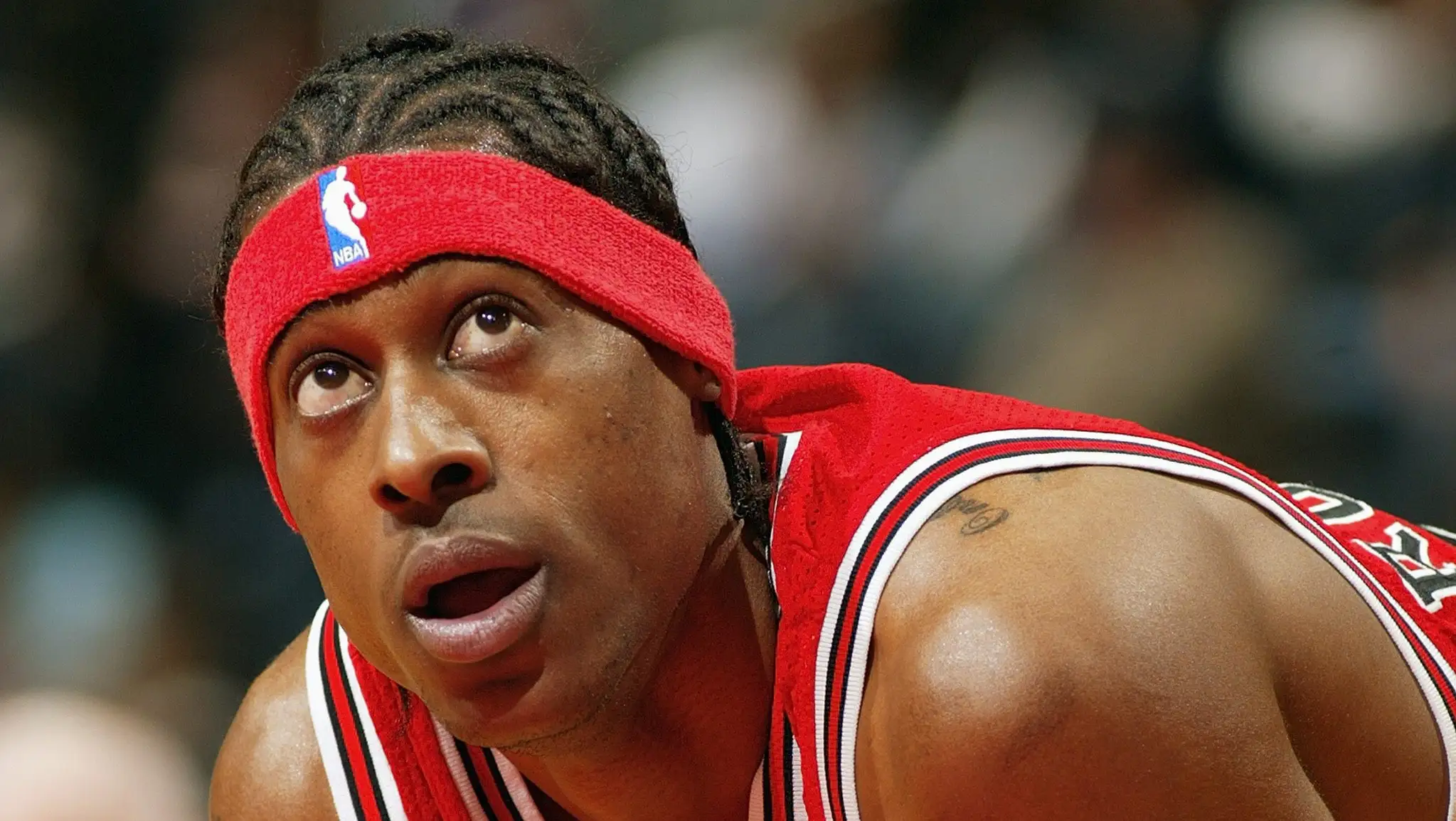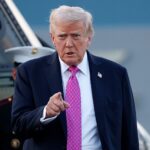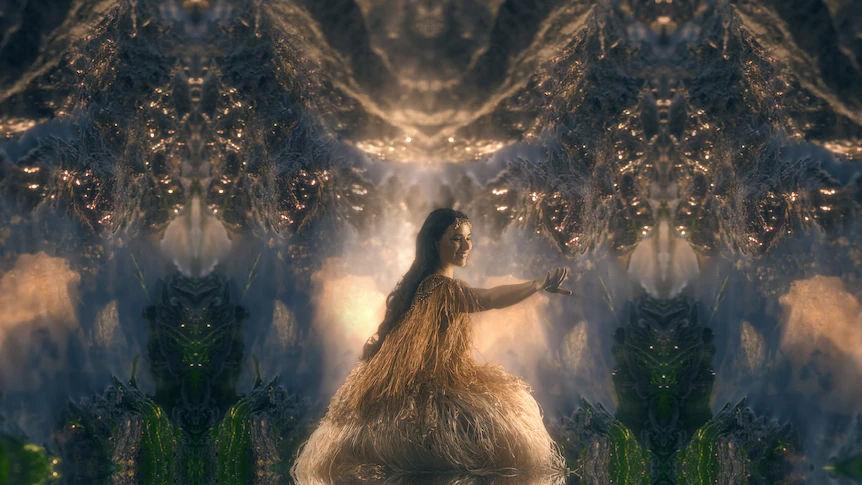
Back in 1999, future NBA player and member of the Chicago Bulls Eddie Robinson had just finished his second season at junior college. But he had already been a potential NBA player for two years – and he nearly joined the New York Knicks.
Appearing on a podcast called NY Yankee Mania (who for some reason brought on a basketball player from two decades ago, with no obvious links to either the Yankees or to baseball, to a podcast seemingly designed around both), Robinson told the story of how he accidentally entered the NBA Draft by mistake – and how that error almost saw him land with the Knicks in time for the 1999 NBA Finals.
Robinson’s Clerical Error
Robinson’s had been a disjointed basketball education. Due to personal circumstances, Robinson had dropped out of high school, and played exceedingly little five-on-five basketball in his life, but a chance meeting with fellow Michigan prospects Mateen Cleaves saw him enroll at Trinity Valley Community College, a small junior college in Athens, Texas.
On account of being a long and lithe 6’9, extremely athletic, and having a smooth shooting touch out to about 18 feet, Robinson stood out as a rare NBA prospect at the junior college level, even with his incredibly raw skill set and decision-making. Through his physical profile alone, he had the rare combination of tools that has always been so coveted. To that end, on his NY Yankee Mania appearance, Robinson told the story of how the San Antonio Spurs told him (or at least implied) that they would draft him in the second round of the 1997 NBA Draft.
There was just one problem, however. The Spurs did not have a pick for him.
The Spurs only had one selection in the 1997 Draft, the first overall, which they quite correctly used to draft Tim Duncan. Their second-round pick had been sent out to the Detroit Pistons in the Sean Elliott trade some years before, and they were unable to acquire another. They therefore were unable to select Robinson, if ever they were sincere about what Robinson self-reports as being interest in picking him as a draft-and-stash candidate.
By this time, though, Robinson – unaware of how the process worked, operating without representation, and in over his head – had already declared for the draft. And his attempt to withdraw went unheeded. Even though he had no representation, and the team he had declared for could not select him anyway, he was in the 1997 NBA Draft to stay.
From Great Administrative Errors Come Great Opportunities
According to Robinson, a meeting with then-NBA Commissioner David Stern came too late to rescind his draft entry. He had passed through the draft, foregoing his college eligibility, and the only compromise that was reached was an agreement that Robinson could play Division II NCAA basketball. So that is what he did, joining the University of Central Oklahoma for two seasons, and averaging 28.0 points, 9.5 rebounds and 2.2 blocks per game as a senior.
Because he had already been through the draft process, though, Robinson did not need to go through another. As such, as soon as his college career was over, he was able to sign a playing contract with an NBA team. And because the college season ends with the NBA season still going on, this meant he could sign his first NBA contract before the advent of the draft he was supposed to be in it. Whereas most of his class had to wait until July 1999 to sign NBA deals, Robinson could jump the gun and sign in April.
As Robinson tells it, this is where the Knicks’ interest came in.
In the final stages of the strike-affected 1998-99 NBA regular season, the Knicks were fighting to make the playoffs. It was unclear what the prognosis was going forward for a veteran team that was at that time struggling to be mediocre, lumbering through the final days of the Patrick Ewing era, suffering from in-fighting and without much upside for the future. Robinson, unmistakably, represented upside for the future, and to hear him tell it on NY Yankee Mania, the Knicks were intending to cut then-36-year-old veteran David Wingate from the deepest part of their bench, and sign Robinson to raise the ceiling, if not the floor.
Knicks Changed Their Mind On Robinson
Of course, this did not happen. Fate, as always, tends to get in the way.
In Robinson’s version, perhaps under pressure from the Old Boys Network on the roster, the Knicks changed their mind and kept Wingate. As it would transpire, they rallied at the right time, would make the playoffs as the eighth seed, overcome a brutal first-round series against the rival Miami Heat, and becoming the first eighth seed to ever make an NBA Finals – where they would lose in five games to Duncan’s Spurs. Wingate was largely a passenger in the process, but so would the incredibly raw Robinson have been. Neither was needed on the court, so they went with the experienced one for the bench.
Robinson’s first NBA contract would not come until the ensuing summer, when he signed a two-year deal with the Charlotte Hornets. After two years there, he would join the Bulls on a five-year, $31 million contract was ludicrously outsized for its time – and he would not reach the end of it. Waived after three injury-riddled seasons, Robinson would never play in the NBA again, and aside from a short G League stint two years later (and even shorter ones in both Canada and the remnants of the ABA), he would never play anywhere again.
From such great early indications came a heavily truncated career. But for a brief minute there, Robinson was on the cusp of making history, appearing in the NBA Finals before even passing through the correct draft. Were it not for the sticking power of David Wingate.



